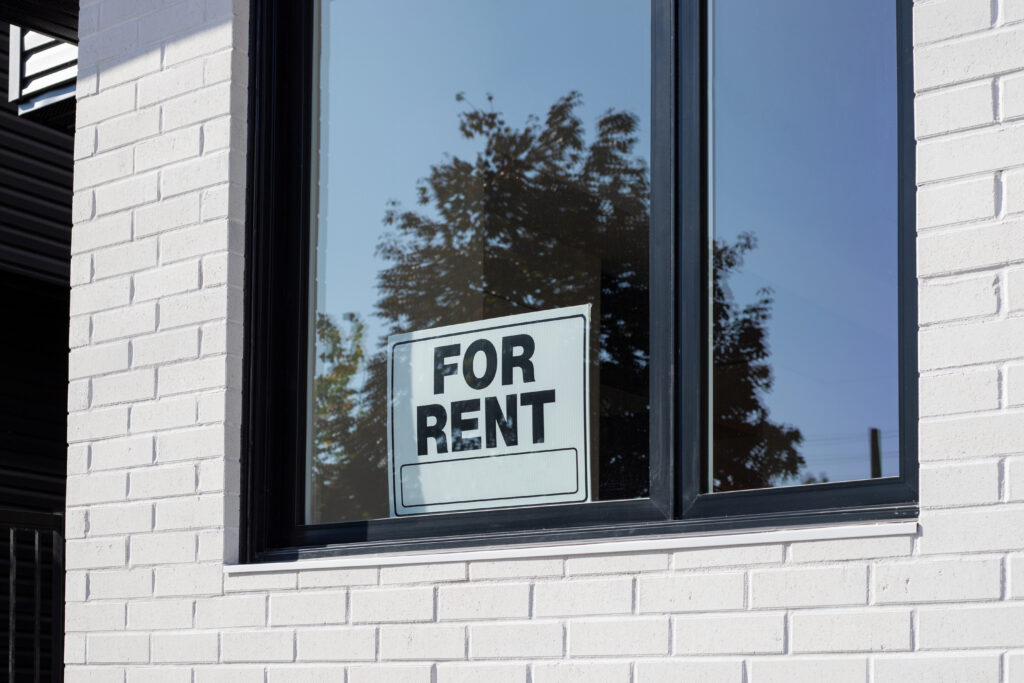How much can I claim for home office expenses? If you’ve been working from home, you’ve probably asked yourself this question. And rightfully so – who wouldn’t want to maximize their home office tax deductions? Whether you’re a sole trader or self-employed, the stuff you can write off for home office expenses is pretty sweet. We’re talking internet costs for business, home office utility costs, and that business portion of home expenses you’re probably overlooking.
Here’s the thing: it all comes down to how much of your space is being used for work. Whether you’re using the home office square meter rate or the taxable portion of rent, there’s a lot you can claim if you know the tricks. And don’t forget your deductible office supplies and home office electricity costs. This guide will show you how to unlock those tax savings for home-based businesses. Let’s get into it – you’re probably leaving money on the table if you’re not claiming everything you can!
Which Home Office Expenses Can You Claim?
Alright, let’s break it down – what can you actually claim when it comes to your home office? Here’s a quick list of expenses you can probably write off:
- Rent: The business portion of your rent is claimable, based on your home office square meter rate.
- Utilities: Power, water, and heating – if you’re using these for work, they count.
- Internet: The portion used for business is up for grabs.
- Office supplies: Pens, paper, printers – all the usual suspects.
- Home office furniture: Desk, chair, etc., as long as they’re used for work.
- Phone: Only the business-related portion of your phone bill.
Separation of Private vs. Business Expenses
Now, here’s the catch. Not everything in your house is up for grabs. Private expenses (like Netflix subscriptions, gym membership, lunch or that home office electricity cost that’s only for your morning coffee) don’t count. You’ve got to keep a clean line between what’s personal and what’s business.
Why? Simple. The taxable business use of your home is what’s claimable, so anything that’s purely for personal use doesn’t get to join the party. Keep good records and separate these bad boys to avoid any headaches with the IRD later.

Methods for Claiming Home Office Expenses
There’s more than one way to claim your home office expenses, so let’s get into the two main methods. You’ll want to pick the one that fits your situation best, so you can get the most out of it.
Square Meter Rate Method
This one’s a little easier. It’s based on how much space you’re actually using for your home office. Here’s how you calculate it:
- Step 1: Measure your home office. Let’s say your office is 10 square meters.
- Step 2: Figure out the total size of your home. Let’s say your place is 100 square meters in total.
- Step 3: Calculate the percentage of your home used for work. So, 10 square meters (office) ÷ 100 square meters (total home) = 10%.
- Step 4: Apply that percentage to your home office expenses. If your rent is $2,000 a month, then you can claim 10% of it – $200.
Example: If your monthly internet costs are $100, you can claim $10 (10% of $100).
Actual Cost Method
This one’s based on how much you actually use your home for work. It’s a little more detailed but can be worth it if you’ve got multiple work-related expenses.
Here’s how to break it down:
- Phone: If you use your phone 50% of the time for business, you can claim half of your phone bill. So, if your bill is $80 a month, you could claim $40.
- Internet: If you use the internet 60% of the time for work, that means 60% of your internet costs are claimable. So, if your bill is $120 a month, you could claim $72.
- Utilities: Same thing goes for utilities. If you work from home and use 30% of your power for business, that’s what you can claim. If your power bill is $200, you can claim $60.
I’ve kept it simple with real-life examples, so you can visualize exactly how the methods work. This should make it much easier to figure out what you can claim for your home office expenses!
How Much Can You Claim?
Now that you know the methods, let’s dive into some real-life examples. You’ll see exactly how much of your rent, utilities, and other expenses you can claim when you’re working from home.
Claiming a Portion of Your Rent and Utilities
First up, let’s talk about rent. It’s one of the biggest expenses for most people working from home, and you can claim a portion of it based on your home office space. Let’s say your office is in a spare room that takes up 15% of your home. So, here’s how it works:
Imagine your monthly rent is $2,500. If 15% of your home is used for your business, you can claim 15% of that rent as a home office expense. That’s $375.
Now, onto utilities. You can claim the portion of your power, water, and heating costs that goes toward your business. Let’s say your monthly power bill is $150. If you’re using 20% of your home for work, you can claim 20% of that bill – which is $30.
But let’s not forget about your internet costs. If you’re using the internet 80% of the time for work, and your bill is $100, then you can claim $80 of that.
Here’s a simple breakdown in a table so you can see how it adds up:
| Expense | Total Cost | Claimable Portion | Amount You Can Claim |
|---|---|---|---|
| Rent | $2,500 | 15% | $375 |
| Power | $150 | 20% | $30 |
| Internet | $100 | 80% | $80 |

Phone and Internet
Now, onto phone and internet. These can be a bit tricky because it’s all about the business use portion. If you’re working from home, you’re probably using both for business, but the key is figuring out how much of your phone bill and internet usage actually goes toward work.
For example, let’s say your phone bill is $90 a month. You use the phone for work about 60% of the time – taking business calls, chatting with clients, or dealing with business-related stuff. That means you can claim 60% of that bill. So, 60% of $90 is $54. That’s the amount you can claim for phone expenses.
When it comes to internet, you might be using it for work 75% of the time. So, if your monthly internet bill is $120, you can claim 75% of that. That works out to $90.
Here’s the breakdown:
| Expense | Total Cost | Business Use | Amount You Can Claim |
|---|---|---|---|
| Phone Bill | $90 | 60% | $54 |
| Internet Bill | $120 | 75% | $90 |
As you can see, whether it’s phone or internet, it’s all about figuring out how much of those costs are directly tied to your business. This is where being clear about your business use of personal space comes into play. Keep track of your bills, and you’ll be able to claim a fair portion for your home office expenses.
Repairs and Maintenance
When it comes to repairs and maintenance, you can also claim a portion of these costs if the work done is related to your home office space. But just like with rent, it’s important to calculate the business portion of the repair.
Let’s say you had a plumber come fix a leak in your bathroom, and the total cost was $300. If your home office space takes up 20% of your house, you can claim 20% of that cost. So, 20% of $300 is $60 – that’s the amount you can claim for that repair.
For example, if you had to repaint your home office or fix a leaky roof, you’d only be able to claim the business portion. So, if you spent $500 fixing the roof and your office space is 15% of your home, you could claim $75.
Here’s how it looks in a table:
| Expense | Total Cost | Claimable Portion | Amount You Can Claim |
|---|---|---|---|
| Repair (Leak) | $300 | 20% | $60 |
| Roof Repair | $500 | 15% | $75 |
Mortgage Interest
Next up, mortgage interest. If you own your home and are working from a home office, you can claim the interest portion of your mortgage, based on the size of your business space. Just to be clear: we are talking about a house mortgage, not a business loan !
For example, let’s say your monthly mortgage payment is $2,000, and $1,500 of that is interest. If your home office makes up 15% of your house, you can claim 15% of the interest. So, 15% of $1,500 is $225. That’s the amount you can claim for mortgage interest each month.
Just a heads up, you can’t claim the full mortgage payment – only the interest part. And, like with other expenses, it’s the business portion that counts. So, if your office is 25% of your house, you’d only be able to claim 25% of the mortgage interest.
Here’s the breakdown in table form:
| Expense | Total Cost | Claimable Portion | Amount You Can Claim |
|---|---|---|---|
| Mortgage Interest | $1,500 | 15% | $225 |

Mastering Record Keeping and Getting the Right Tax Advice
Record Keeping
Let’s talk about record keeping. If you’re going to claim anything, you’ve got to have the right documentation to back it up. The IRD isn’t going to take your word for it, and if you don’t have your receipts, invoices, or bank statements to prove your expenses, you’re pretty much out of luck. Whether it’s for your home office rent or your internet bill, make sure you’re keeping track of everything. The last thing you want is a letter from the IRD asking for proof that you’ve been claiming the right stuff. Trust me, it’s much easier to organize as you go than scrambling to find everything later.
If you’re not sure what’s needed, start with the basics – keep records of every business expense, every receipt, and every bill. This is your safety net when the IRD comes knocking. Get in the habit of logging it all, whether it’s digital or physical. It doesn’t take much time, and it could save you a lot of stress down the road.
Professional Advice
Now, let’s talk about investing in tax professionals. Look, taxes are confusing. There’s no shame in admitting it. In fact, if you really want to make sure you’re getting everything you can out of your home office tax deductions, it might be worth seeking out a professional who knows their stuff. They’ll make sure your claims are spot-on and help you avoid any costly mistakes. A good tax advisor will help you understand what you can and can’t claim, and they’ll keep you out of trouble with the IRD. It’s not just about claiming deductions – it’s about doing it the right way. If you’re serious about maximizing your tax savings for home-based businesses, a tax pro might be your best investment.
In the end, it’s all about peace of mind. Keep your records clean, and don’t hesitate to get some professional advice. It’s worth it.

Final Words
To wrap it up, claiming home office expenses can be a great way to save on taxes, but it’s important to know exactly what you can claim and how to do it properly. By keeping accurate records and seeking professional advice when needed, you can ensure your claims are spot-on and avoid any headaches with the IRD.
Need help with your home office claims? Get in touch with BH Accounting today for expert advice and ensure you’re making the most of your deductions. Don’t leave money on the table—get the support you need today!
This article is for information only—not legal, financial, or tax advice. Every business is different, and rules change, so don’t make major decisions based on what you read here. If you’re unsure, talk to a professional—it’s cheaper than fixing a costly mistake later.
